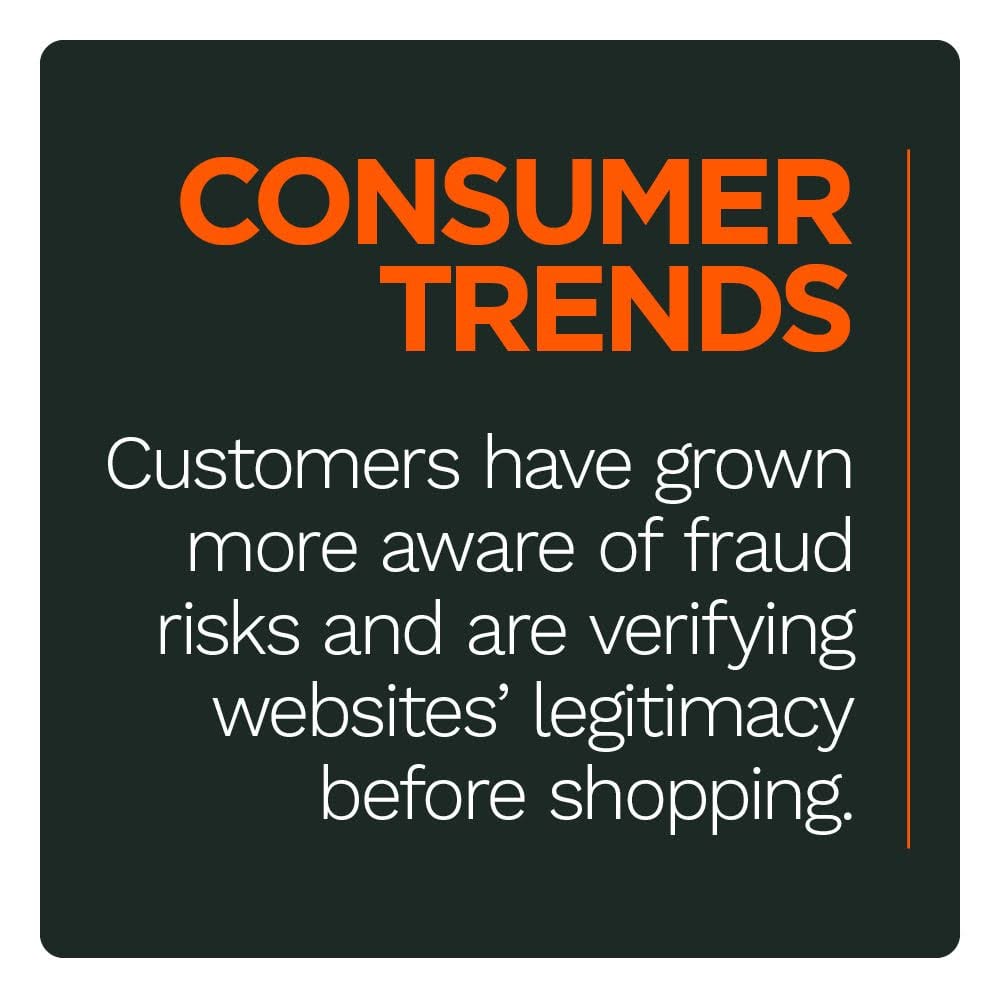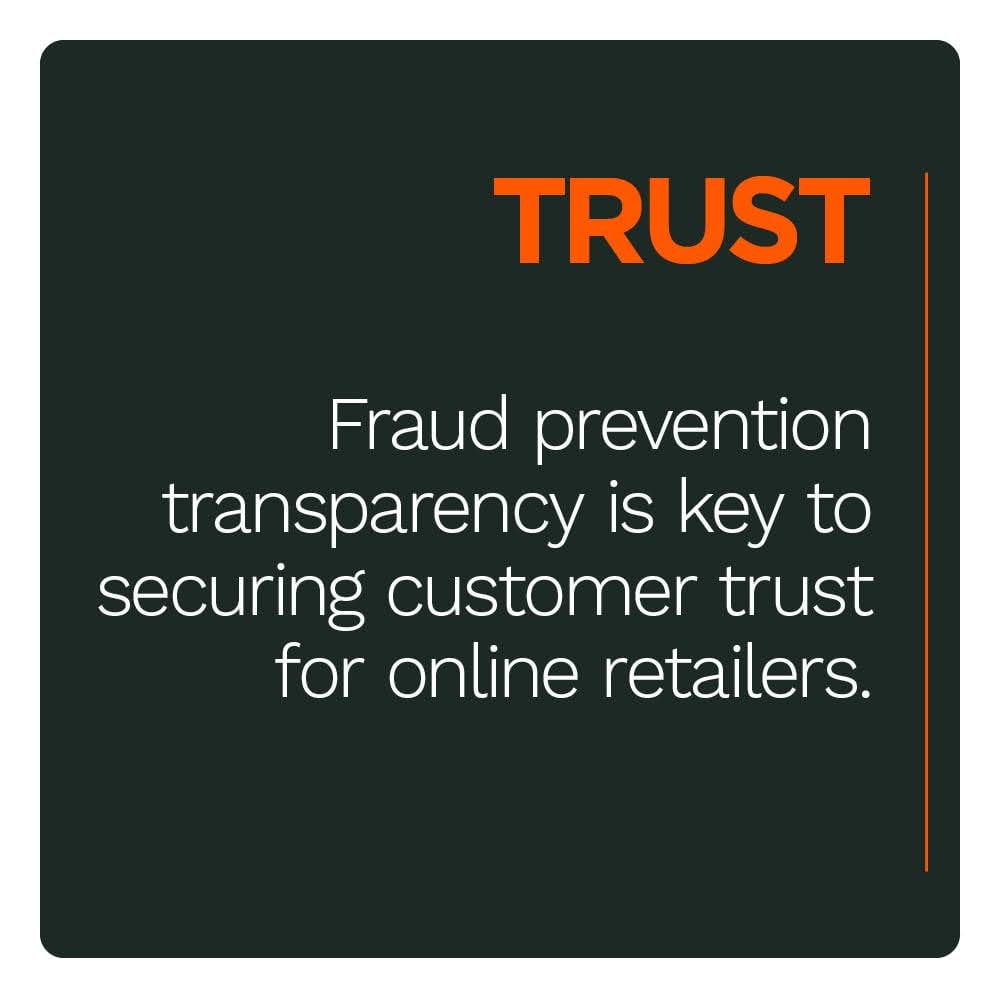Swap.com Uses Data Analytics to Fight Post-Holiday Fraud Surge

The 2020 holiday season was one for the history books, drastically different due to the pandemic limiting consumers’ in-person shopping experiences. Experts predicted that up to $190 billion would be spent online this year, a 35.8% increase from the previous year.
 The prevalence of online commerce opens new doors for digital fraud, however, both from career fraudsters and opportunistic customers. Phishing scams were on the rise all year, while a survey of online shoppers found that 40.3% had falsely claimed a charge on their credit card was fraudulent to score a refund.
The prevalence of online commerce opens new doors for digital fraud, however, both from career fraudsters and opportunistic customers. Phishing scams were on the rise all year, while a survey of online shoppers found that 40.3% had falsely claimed a charge on their credit card was fraudulent to score a refund.
In the January edition of the “Digital Fraud Tracker®,” PYMNTS explores the latest in the world of fraud prevention, including how the 2020 holiday season was affected by fraud, the steps customers are taking to ensure their favorite eCommerce websites are secure, and how merchants are deploying new technologies to counter chargeback abuse, item-not-received fraud and other forms of malfeasance.
Developments From the World of Digital Fraud
Fraud rates have increased by 55% since the beginning of the pandemic, culminating in a holiday shopping season unlike any other. Some of the most common tactics include phishing emails or impersonation scams, with some bad actors harnessing bots to reach thousands of consumers at once with these schemes. Retailers are devoting as much as 10% of their annual budgets to fraud prevention, as customers who have been scammed while patronizing a given store are far less likely to make a return visit.
 Consumers are taking their own protection more seriously, with a study finding that 60% of online customers became more aware of the threat of fraud during the holiday shopping season. This includes 79% of seniors and 70% of 18- to 24-year-olds, but many customers are not taking the next necessary steps. Just 43% of consumers said they would double-check Black Friday or Cyber Monday emails before attempting to use them.
Consumers are taking their own protection more seriously, with a study finding that 60% of online customers became more aware of the threat of fraud during the holiday shopping season. This includes 79% of seniors and 70% of 18- to 24-year-olds, but many customers are not taking the next necessary steps. Just 43% of consumers said they would double-check Black Friday or Cyber Monday emails before attempting to use them.
The onus thus falls on retailers to protect their customers, which said customers agree with wholeheartedly. A survey found that 92% of U.S. eCommerce consumers said security is important when shopping, and 83% said that transparent fraud protection information plays a large role in deciding which eTailer to do business with. Behind-the-scenes analytics or multifactor authentication are widely supported by customers, even though they could result in a slightly more inconvenient customer experience.
For more on these and other digital fraud news items, download this month’s Tracker.
Swap.com On Thwarting Digital Fraud Threats During the Holiday Shopping Season
The 2020 holiday season’s unprecedented online presence made it a honeypot for fraudsters looking to steal data, funds and use stolen credit cards. Stopping these fraudsters requires partnerships with trusted payments processors and dedicated teams of in-house fraud prevention experts.
 In this month’s Feature Story, PYMNTS talked with KP Brendel, director of marketplace operations at online thrift and consignment storefront Swap.com, about how the eCommerce retailer leveraged both these approaches to keep fraudsters at bay.
In this month’s Feature Story, PYMNTS talked with KP Brendel, director of marketplace operations at online thrift and consignment storefront Swap.com, about how the eCommerce retailer leveraged both these approaches to keep fraudsters at bay.
Deep Dive: How Fraudsters Exploited the Holiday Shopping Season
The pandemic forced shoppers to complete their holiday purchases online in greater quantities than ever before. This new digital-first retail environment also brought on unprecedented levels of fraud, including chargeback abuse and item-not-received fraud, and retailers are struggling to counter it.
This month’s Deep Dive explores the various methods being used to scam retailers, and the technologies merchants are deploying to reduce their impact.
About the Tracker
The “Digital Fraud Tracker®,” done in collaboration with Simility, is your go-to monthly resource for updates on trends and changes in digital fraud prevention.
